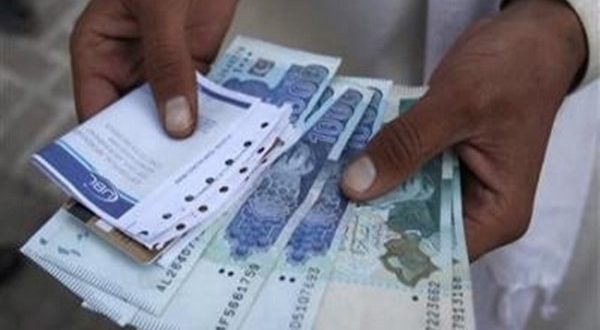AT
Kabul: With the depleting foreign currency reserves and rising inflation, Pakistan is on the brink of economic collapse and heading towards a path similar to the economic downfall of Sri Lanka. “Pakistan’s central bank, State Bank of Pakistan (SBP) has sent out a distress signal to the government that falling foreign exchange reserves could negatively impact the country’s ability to import. The decline in Pakistan’s forex reserves, which fell to USD 8.24 billion on 17 June 2022,” the European Times said in a report. “This trend is likely to continue due to pressure of debt servicing and other payments in the near future. To preserve diminishing forex reserves, the SBP has advocated a temporary ban on the import of all non-essential goods. However, the greater challenge today, is the risk posed by rising fuel imports which impact Pakistan’s energy security. In the long run, the risks of Pakistan going the Sri Lankan way are, therefore, all too close and real,” the report added. Pakistan’s current economic indices are quite poor. According to the UNDP, Pakistan is facing a debt in excess of USD 250 billion. “This cost-of-living crisis is tipping millions of people into poverty and even starvation at breath-taking speed and with that, the threat of increased social unrest grows by the day,” UNDP head Achim Steiner. This statement came against the backdrop of the mounting economic problems of Pakistan. Earlier today, the Pakistani rupee depreciated at a record low against the US dollar as it dropped to PKR 240.5 against the dollar in the interbank market. The Pakistani currency lost 4.48, or 1.89 per cent, compared to yesterday’s close of 236.02 , the Dawn newspaper reported quoting the Forex Association of Pakistan (FAP). Since the start of 2022, the rupee has lost over 30 per cent of its value, according to the Foreign Exchange Association of Pakistan. On Wednesday, Pakistan Minister for Finance and Revenue Miftah Ismail expressed hope that the pressure on the rupee would ease in a couple of weeks. “From the next month onwards, incoming dollars in Pakistan by way of exports and remittance will be more than the outgoing dollars by the way of imports and debt servicing. Therefore, pressure on the rupee would subside and the currency would appreciate,” said Ismail. He said that multiple factors including the US dollar reaching historic highs internationally, interest rate hikes, worldwide inflation and supply chain disruption have led to the rupee’s depreciation. Last month, the IMF reached a staff-level agreement with Pakistan authorities for the conclusion of the combined seventh and eighth reviews of the Extended Fund Facility (EFF). Despite the agreement, the ongoing political and economic turmoil in the country has raised concerns among investors, Pakistan’s Business Recorder reported. This downfall of Pakistani rupees comes as Moody’s Investors Service and Fitch Ratings said they expect Pakistan to secure the USD 1.2 billion bailout from the International Monetary Fund (IMF)
 Afghanistan Times
Afghanistan Times




